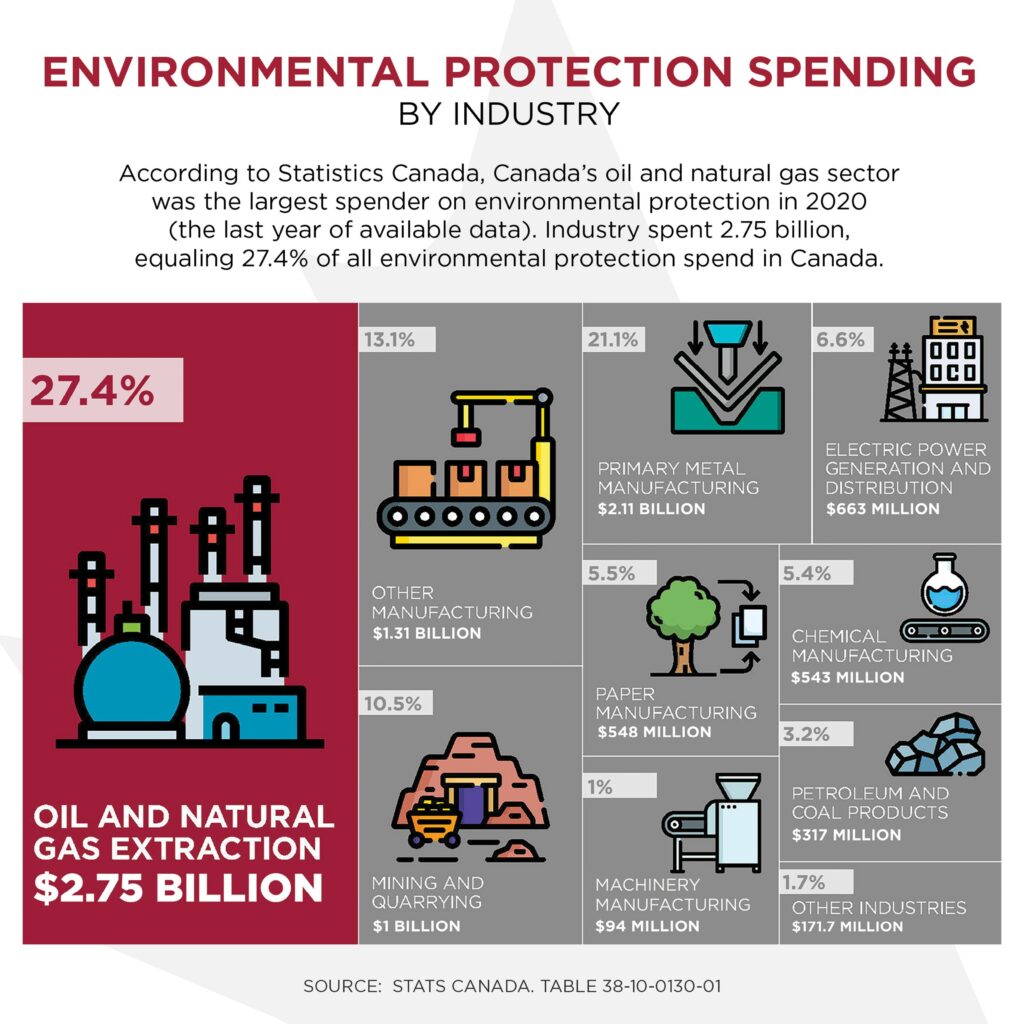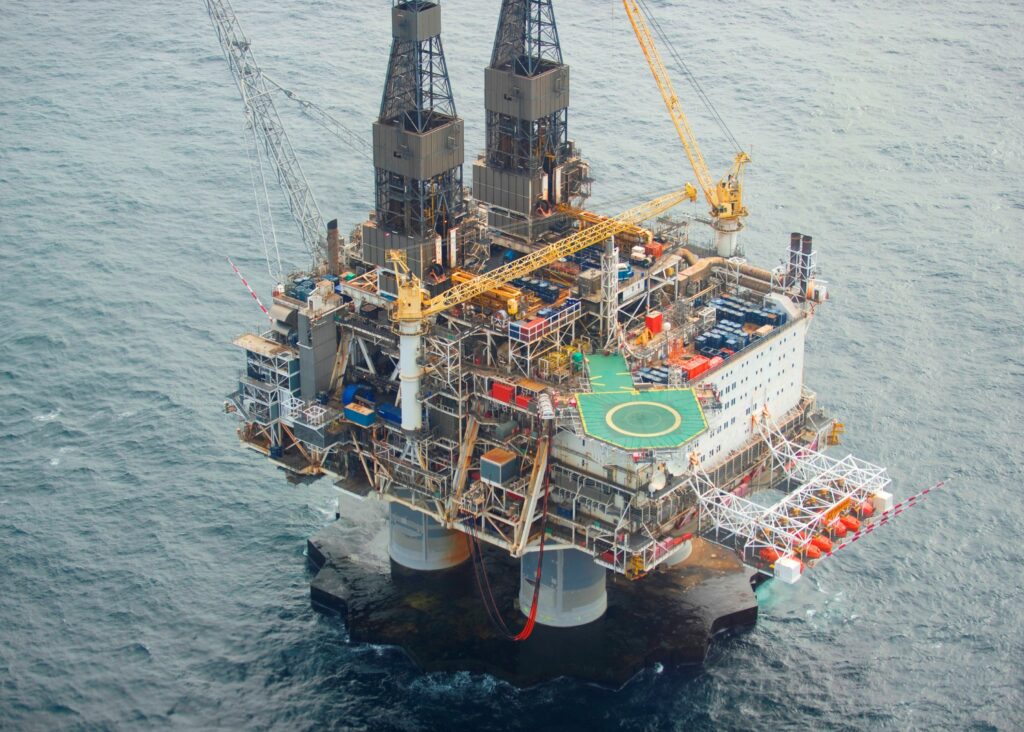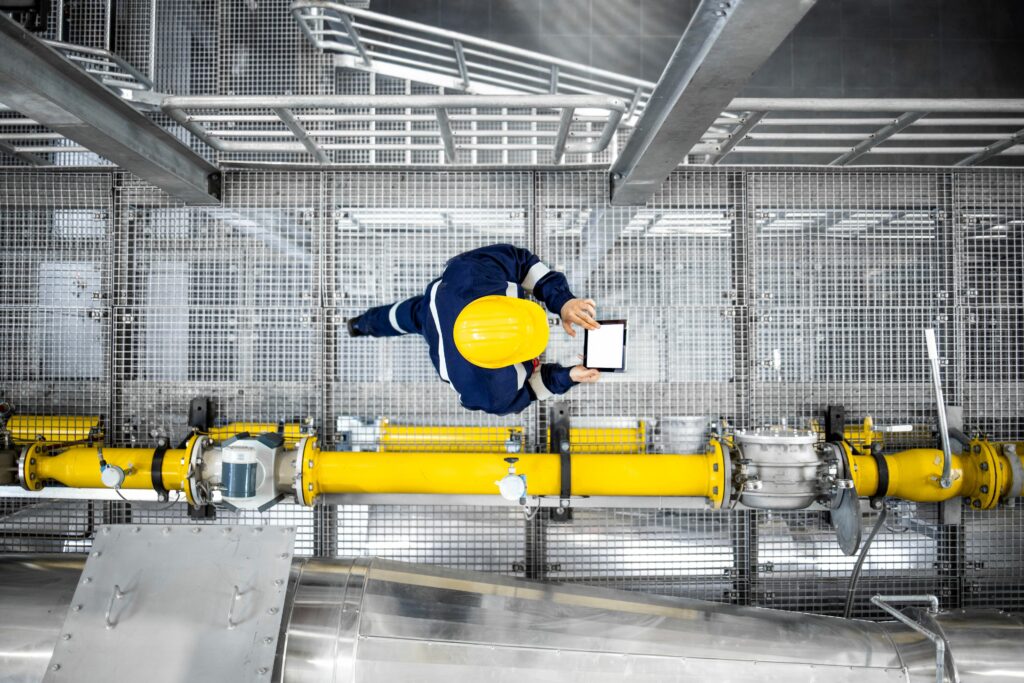Canada’s oil and natural gas industry is committed to leadership in environmental performance and is actively working to reduce environmental impacts through project design, operating facilities efficiently and safely, and continually investing in research, innovation and technology.
Developing technologies is complicated: from concept through engineering design, testing at lab scale, then at field scale, and finally commercialization, this is often a multi-year journey. The industry is investing and collaborating to develop the emissions-reducing technology (cleantech) needed to keep Canada’s natural gas and oil industry at the leading edge of responsible production.
Canada’s offshore sector
In Canada’s offshore, a robust regulatory regime governs all offshore activity and offshore operators are committed to developing resources responsibly. Operators meet or exceed all environmental protection regulations and adhere to best practices related to environmental protection and mitigation.
Reducing emissions: cleantech
Canadian oil and natural gas producers have developed cleantech expertise from decades of investing in emissions reduction, water protection and other environmental innovations.
In many cases, the expertise and technology are transferrable to other industries in Canada and abroad.
By developing and implementing new clean technologies, Canada’s industry can increase production and lower emissions over the long term.
The industry is committed to environmental leadership and working to be constructive and solution-oriented partners in addressing the triple challenge of emission reduction, energy security and affordability. CAPP’s members are continuing efforts and working to further the technologies, innovations and policy frameworks that will drive additional progress.
The oil and natural gas industry is a significant investor in clean technology. It is the largest spender in environmental protection because the industry understands the scale of this challenge. The industry spent about $2.75 billion on overall environmental protection in 2020; the three-year average spend from 2018 to 2020 is just over $3 billion

Collaboration
The key to innovation in the oil and natural gas industry is collaboration. Throughout the industry, producers work together, share knowledge, support research, and develop technologies that assist in improving environmental performance. Much of this work occurs through uniquely Canadian collaborative organizations. Many of these were formed so the industry can deploy innovations to lower emissions and continuously improve environmental performance.
Organizations that are dedicated to collaboration and meaningful emissions reductions include:
- Pathways Alliance – net-zero emissions initiatives by Canada’s largest oil sands producers.
- Petroleum Technology Alliance Canada (PTAC) – facilitates innovation, collaborative research and technology development, demonstration, and deployment of technologies for responsible production. Recent PTAC research has been focused on methane emissions. In 2019, PTAC launched the Alberta Methane Field Challenge, to assess performance of new methane sensing technologies.
- Clean Resource Innovation Network (CRIN) – facilitates connections and partnerships among industries, entrepreneurs, investors, academia, governments and many others to develop, commercialize and foster the adoption of innovative clean technology solutions.
- Emissions Reduction Alberta (ERA) – funding and investment in in a diverse portfolio of transformative, sustainable technologies that reduce greenhouse gas emissions.
- Natural Gas Innovation Fund (NGIF) – a Canadian venture capital firm offering grant and equity financing for cleantech startup businesses and technologies.
- Canada’s Oil Sands Innovation Alliance (COSIA) – now part of the Pathway Alliance, COSIA facilitates research in the key areas of emissions, tailings, water, and reclamation, focused on the oil sands industry.
- Petroleum Technology Research Centre (PTRC), Saskatchewan – has been on the leading edge of emissions reduction research for more than 20 years, especially in carbon capture technology.
- B.C. Oil and Gas Research Innovation Society (BC OGRIS) – addressing knowledge gaps to inform environmental, operational and health and safety practices related to oil and natural gas exploration and development in B.C.
- Energy Research and Innovation – enables research and technology development that creates value for the offshore oil industry in Newfoundland and Labrador.


